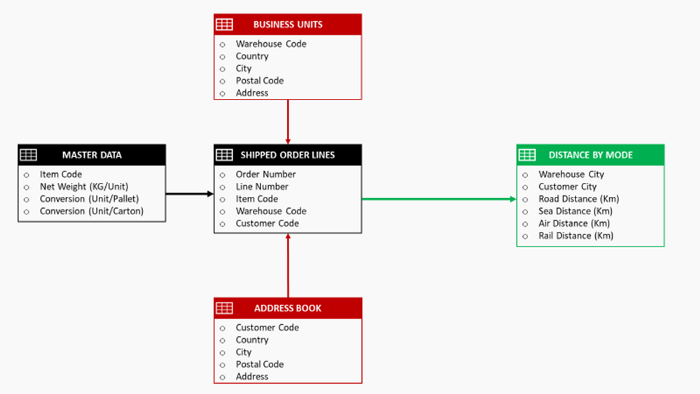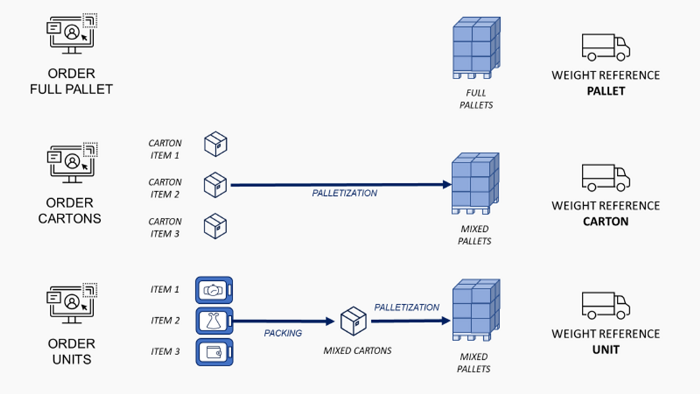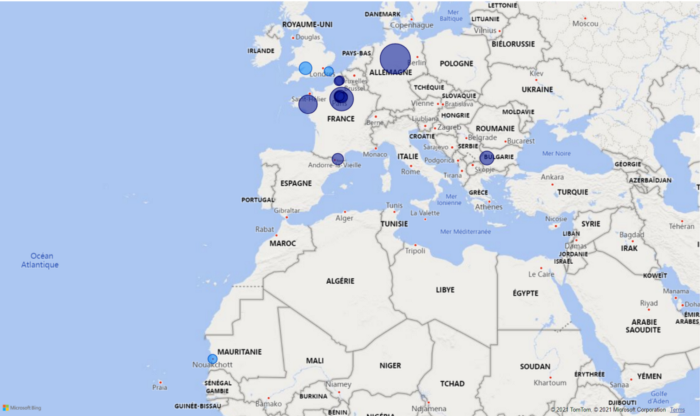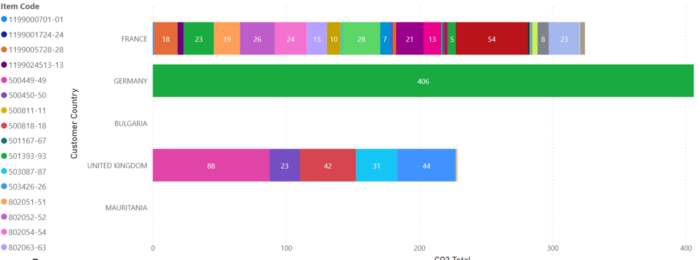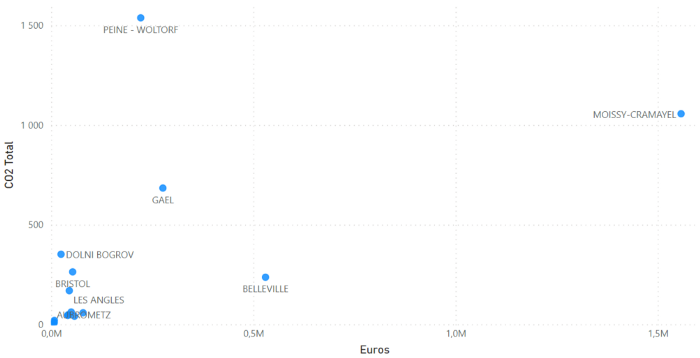4 steps to build an ESG reporting focusing CO2 emissions of your Distribution Network
Supply Chain Sustainability Reporting
The demand for transparency in sustainable development from investors and customers has grown over the years.
Investors have placed an increased emphasis on sustainability of the business when assessing the value and resiliency of an organization.
Therefore, more and more organizations invest resources to build capabilities for sustainability reporting and determine the best strategies for a sustainable supply chain.
Find in the link below a short animated explained video to understand the concept behind this solution
In this Article, we will introduce a simple methodology to report the CO2 emissions of your Distribution Network using Python and PowerBI.
Based on the GHG Protocol corporate standard (Link), greenhouse gas emissions are classified into three scopes:
- Scope 1: direct emissions emissions released to the atmosphere because of company’s activities (Company’s facilities like manufacturing plant/warehouses, company’s vehicles)
- Scope 2: indirect emissions from the generation of purchased energy (purchased electricity, gas, ..)
- Scope 3: all indirect emissions (out of scope 2) occuring in the value chain of the company (Transportation, Waste of Operations, Business Travels, …)
In this article we will focus our attention on the Scope 3 calculations related to downstream transportation. What is the environmental impact of your distribution network?
Following the protocol the French Environmental Agency Ademe (Link), the formula to estimate the CO2 emissions of transportation is:
Formula using Emission Factor
- Based on this formula, we collect and process data to calculate the emissions.
Data to be Collected
- We calculate the unit of measure conversions considering the shipped handling units.
Handling Units
- We add distances by mode and compute the CO2 emissions by order
Emission by transportation mode
Bubble Map
Visual Insights
You can observe where you have the majority of CO2 emissions (large bubbles) with a color coding by transportation mode.
Bar Chart
Product Portfolio Insights For each market, which item has the highest environmental impact?
Product Portfolio Insights
For each market, which item has the highest environmental impact?
Scatter Plot
Financial Insights
The impacts of your future efforts for CO2 Emissions reductions on the profitability will probably be higher for the customers in PEINE-WOLTORF.
This repository code you will find all the code used to explain the concepts presented in the article.
Senior Supply Chain Engineer with an international experience working on Logistics and Transportation operations.
Have a look at my portfolio: Data Science for Supply Chain Portfolio
Data Science for Warehousing📦, Transportation 🚚 and Demand Forecasting 📈



